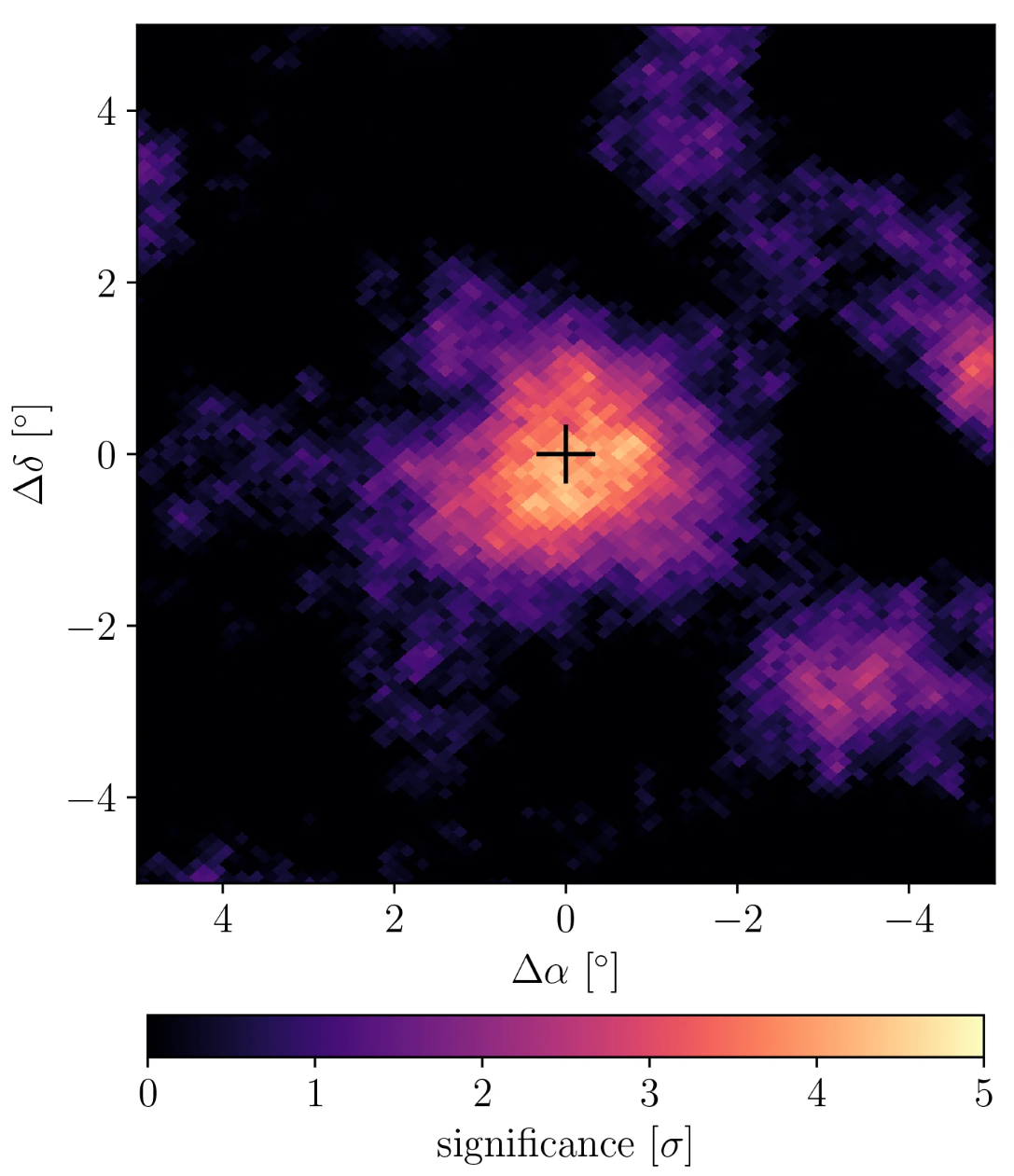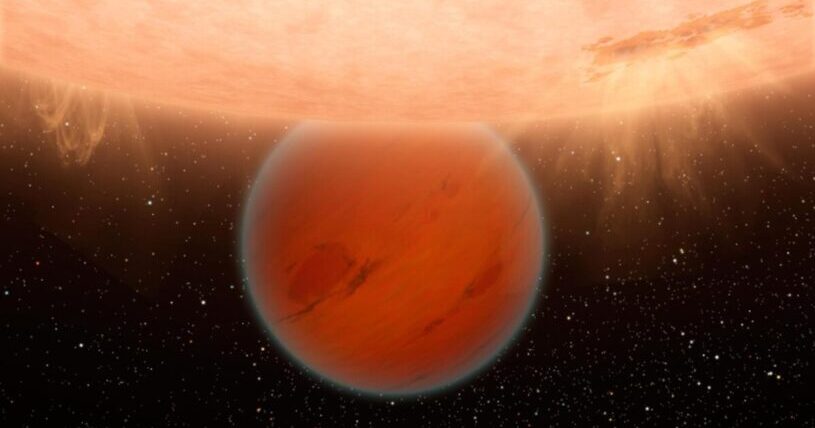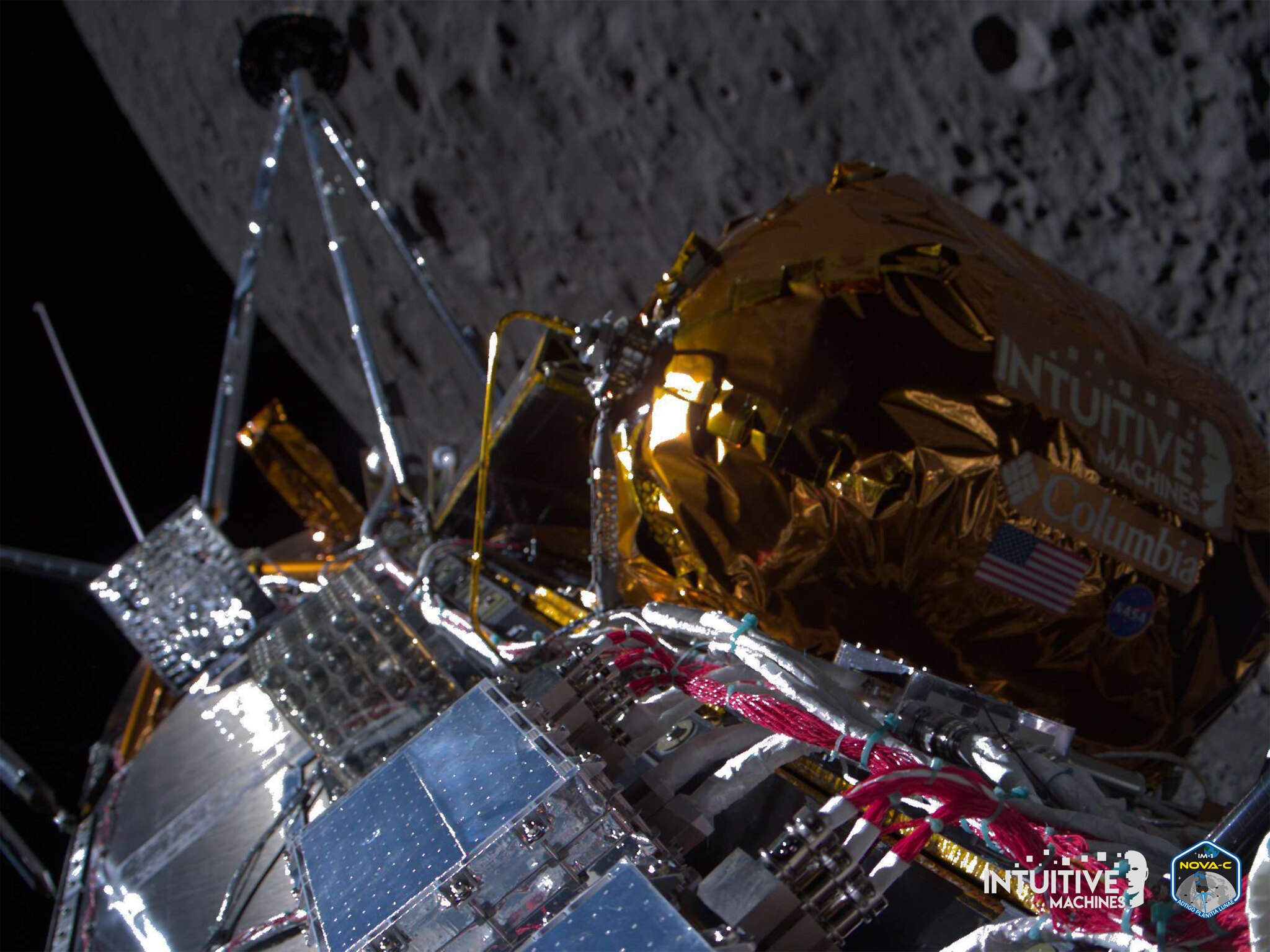Record-Breaking Solar Radiation Detected, Raising Physics Questions
 A measurement of solar gamma rays observed by the High-Altitude Water Cherenkov Observatory Collaboration, with the Sun in the center.
A measurement of solar gamma rays observed by the High-Altitude Water Cherenkov Observatory Collaboration, with the Sun in the center. 
A new study details the highest-energy radiation ever documented from the Sun, roughly 1 trillion times more powerful than visible light. Not only is the solar radiation stronger than expected, there’s also more of it. The researchers involved say the discovery calls for a “revised theoretical framework” to explain the excess of solar gamma rays.
The discovery comes from an international collaboration based around the High-Altitude Water Cherenkov Observatory (HAWC) in Mexico. For more than six years scientists with HAWC studied solar gamma rays, produced when cosmic rays heading toward the Sun’s surface are deflected by the solar magnetic field. NASA’s Fermi Gamma-ray Space Telescope previously detected solar energy as high as 4 billion electron volts, only a fraction of HAWC’s observations in the 1 trillion electron volt range.
“The sun is more surprising than we knew,” said study co-author Mehr Un Nisa in a Michigan State University press release. “We thought we had this star figured out, but that’s not the case.”
Nisa, a postdoctoral research associate at Michigan State, worked with nearly 100 authors from 30 institutions on the paper. The study shows the gamma-ray excess enters the quantity of TeV energy (1 trillion electron volts), but may go as high as 10 TeV.
“After looking at six years’ worth of data, out popped this excess of gamma rays,” Nisa said. “When we first saw it, we were like, ‘We definitely messed this up. The Sun cannot be this bright at these energies.’”
The discovery does not mean any more radiation is striking Earth, but it does raise some crucial physics questions: How do these gamma rays reach such high energies? What role do the Sun’s magnetic fields play in the process?
In recent years, scientists have observed an increase in solar activity. At the end of 2019, Solar Cycle 25 began, which is expected to produce the highest level of activity during the approximately 11-year solar cycle. With potentially hundreds of sunspots in the coming years, this phase poses potential threats to satellites and the International Space Station.
The paper in which Nisa contributed, “Discovery of Gamma Rays from the Quiescent Sun with HAWC”, was published in the science journal Physical Review Letters.
— By Jeff Gardner, jgardner@spacefoundation.org




